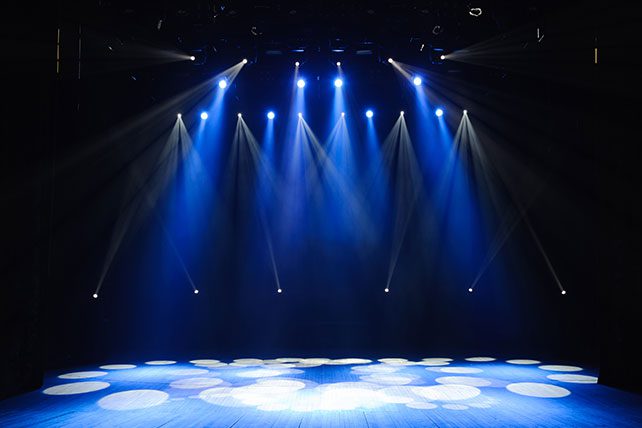Lighting plays a crucial role in modern worship services, creating atmosphere, directing focus, and enhancing the overall experience for attendees both in-person and online. While it might seem like a technical topic reserved for AV teams or production crews, understanding the basics of church stage lighting is essential for anyone involved in worship planning. Whether you’re just beginning or looking to upgrade your current setup, this guide will walk you through the essentials of effective and meaningful lighting for your church stage.
Getting Started with Church Stage Lighting
Church stage lighting is more than just turning on a few lights before service begins. It’s about using light creatively and intentionally to support the message, worship, and mood of your service. The goal isn’t to mimic a concert or show, but rather to enhance worship without becoming a distraction. Let’s look at the foundational elements you need to understand to get started.
RELATED: Church Stagecraft Tips
1. Understand the Purpose of Lighting in Worship
Before investing in equipment or designing a lighting setup, it’s important to ask why you’re doing it in the first place. Church stage lighting should serve the message and mission of your church. That may include:
-
Making sure the speaker and worship team are clearly visible
-
Drawing attention to important moments of the service
-
Setting the mood for reflective worship or joyful celebration
-
Enhancing live streams or video recordings with consistent lighting
Good lighting doesn’t steal the spotlight—it supports the message being presented.
2. Learn the Basic Types of Lighting
There are several key types of lighting used on most church stages:
-
Front lighting: This is the most essential. It ensures people on stage are visible to the audience and cameras. It should be even, soft, and directed at eye level.
-
Back lighting: Adds depth and separates people from the background, preventing the stage from looking flat.
-
Fill lighting: Balances shadows and ensures the lighting is not too harsh or uneven.
-
Accent lighting: Highlights specific areas, like a soloist, pulpit, or cross.
-
Effect lighting: Includes moving lights, color washes, and strobes used sparingly to emphasize moments in worship or build mood.
Understanding how these lighting types work together helps create a more dynamic and engaging environment.

